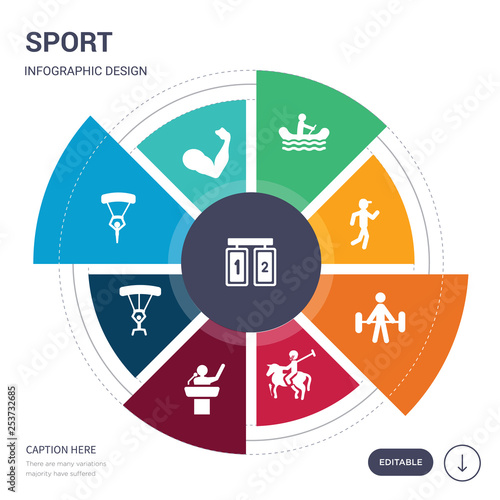The Worldwide Background And Improvement Of Martial Arts
The Worldwide Background And Improvement Of Martial Arts
Blog Article
Authored By-Sutton Fallon
Martial arts have an interesting history that covers centuries and continents. You might find it intriguing just how ancient techniques like Shuai Jiao and Kalaripayattu laid the groundwork for modern combat methods. These techniques not only stress physical skills yet also mirror the societies that birthed them. As you explore their evolution, consider exactly how globalization has changed these traditional kinds into crossbreed styles. What impacts do you think have shaped today's martial arts landscape?
Ancient Martial arts: The Foundations of Fight
As you look into the globe of ancient martial arts, you'll find the rich foundations that formed combat strategies throughout cultures. Early techniques concentrated on Self-Defense and survival, frequently integrating strikes, grappling, and weapons.
In old China, for instance, techniques like Shuai Jiao stressed tosses and joint locks, while India's Kalaripayattu showcased agility and fluid motion. Japanese samurai developed Kenjutsu, a refined swordsmanship that highlighted discipline and approach.
These martial arts served not just for battle but also as a way of individual advancement, instilling values like regard and willpower. click this link mixing of these techniques in time laid the groundwork for the varied martial arts you see today, each mirroring the unique viewpoints and requirements of its culture.
The Cultural Influence on Martial Arts Development
While martial arts commonly mirror the practical needs of a culture, they also embody the social worths and beliefs of their beginnings. When you check out different martial arts, you'll observe how they're influenced by religion, viewpoint, and social standards.
For instance, the emphasis on regard and technique in Japanese martial arts stems from Zen Buddhism and samurai society. On the other hand, Brazilian Jiu-Jitsu promotes versatility and approach, shaped by the need for efficiency in a diverse, modern setting.
You may discover that the rituals, attires, and training methods show a neighborhood's history and identity. By recognizing these cultural influences, you strengthen your recognition of martial arts and their duty in shaping human experiences around the world.
Modern Adaptations and the Globalization of Martial arts
Martial arts have actually changed dramatically in recent years, adjusting to modern society and international impacts. You'll discover that typical forms have mixed with modern methods, producing hybrid styles like mixed martial arts. These adjustments cater to varied audiences, making martial arts obtainable and enticing around the world.
With the increase of social media and digital platforms, you can find tutorials and competitors from all corners of the globe, breaking geographical obstacles. This globalization has actually caused a shared recognition for numerous disciplines, from Brazilian Jiu-Jitsu to Taekwondo.
As you engage with these arts, you'll realize they're not nearly fight; they promote physical fitness, discipline, and mental well-being.
Ultimately, contemporary adaptations have actually enhanced the martial arts landscape, making it a vibrant and developing method.
Conclusion
In checking out the background and advancement of martial arts, you discover an interesting mix of techniques, societies, and philosophies. From old self-controls like Shuai Jiao and Kalaripayattu to the modern-day adaptability seen in MMA, martial arts reflect mankind's pursuit for Self-Defense and individual growth. As you engage with these techniques, you not only obtain skills but additionally a deeper admiration for the diverse customs that shape our globe today. So, continue which martial arts are in the olympics and welcome the art of fight!
